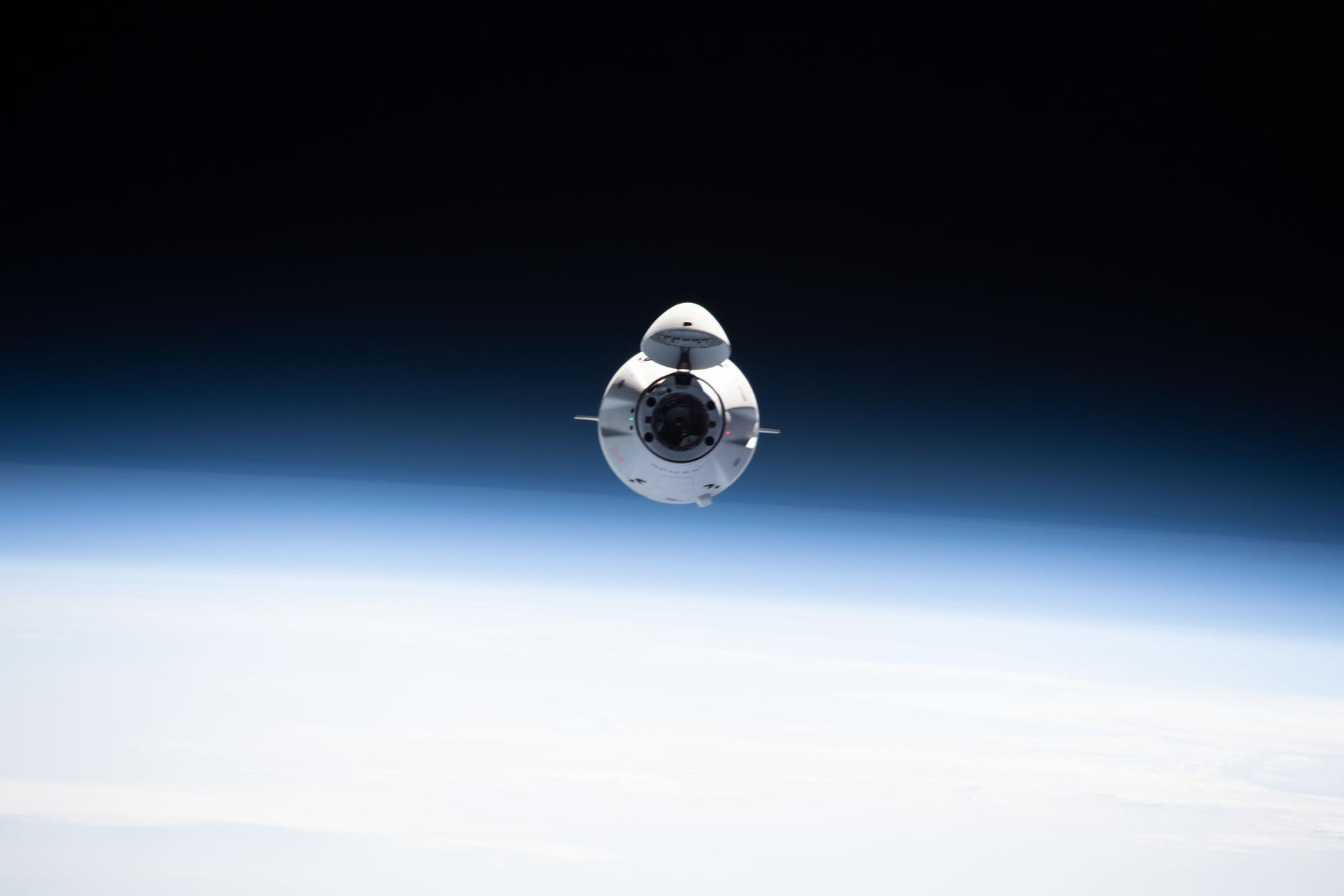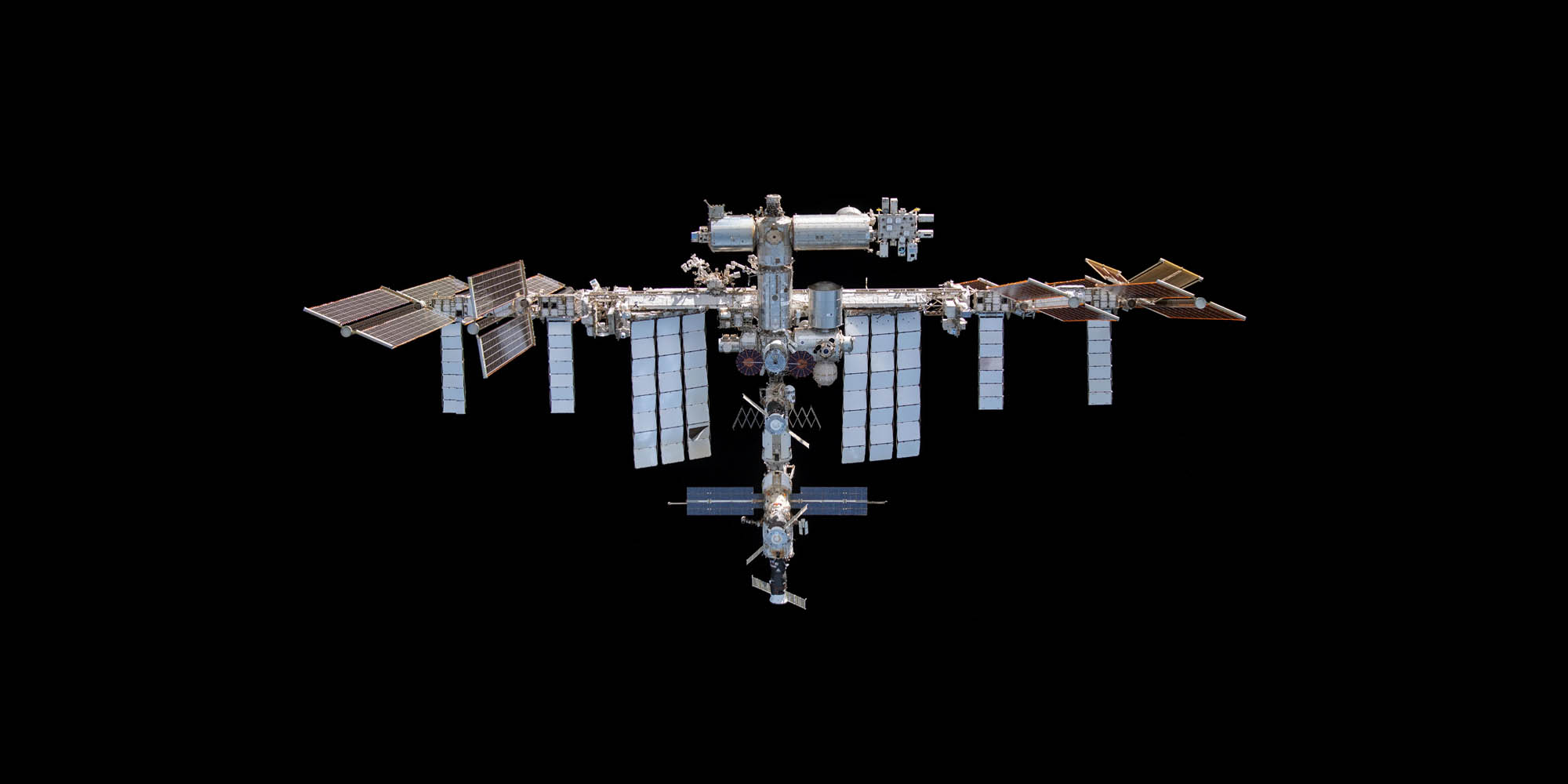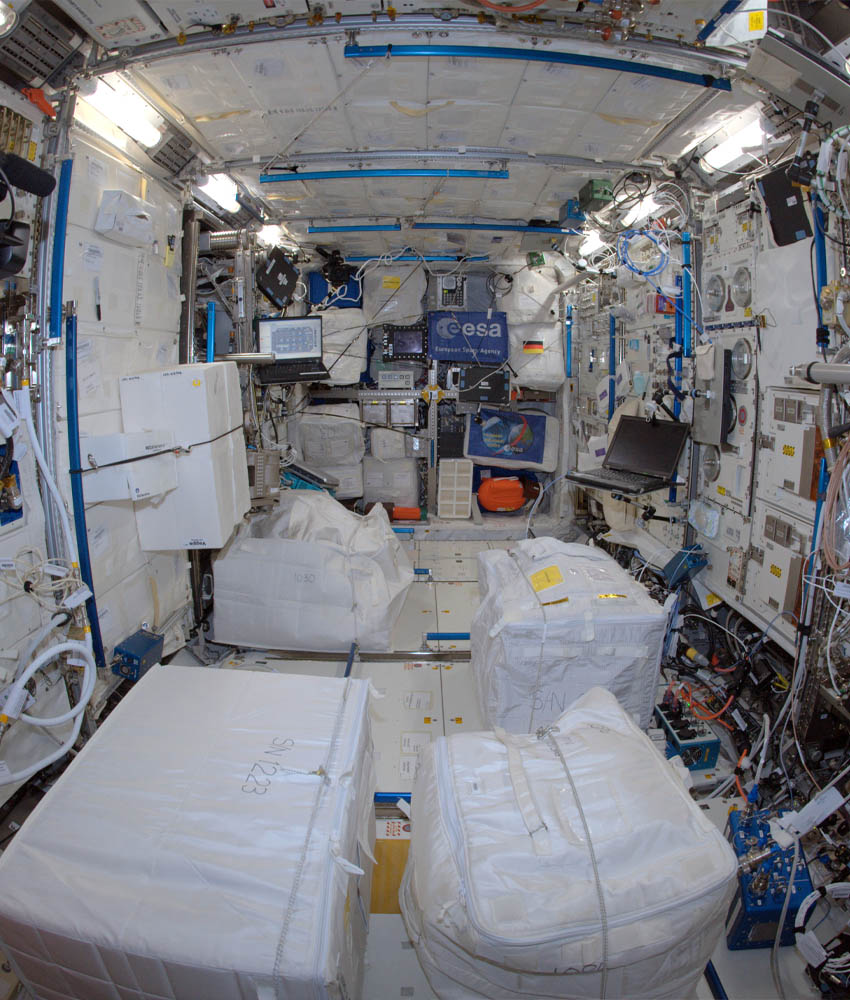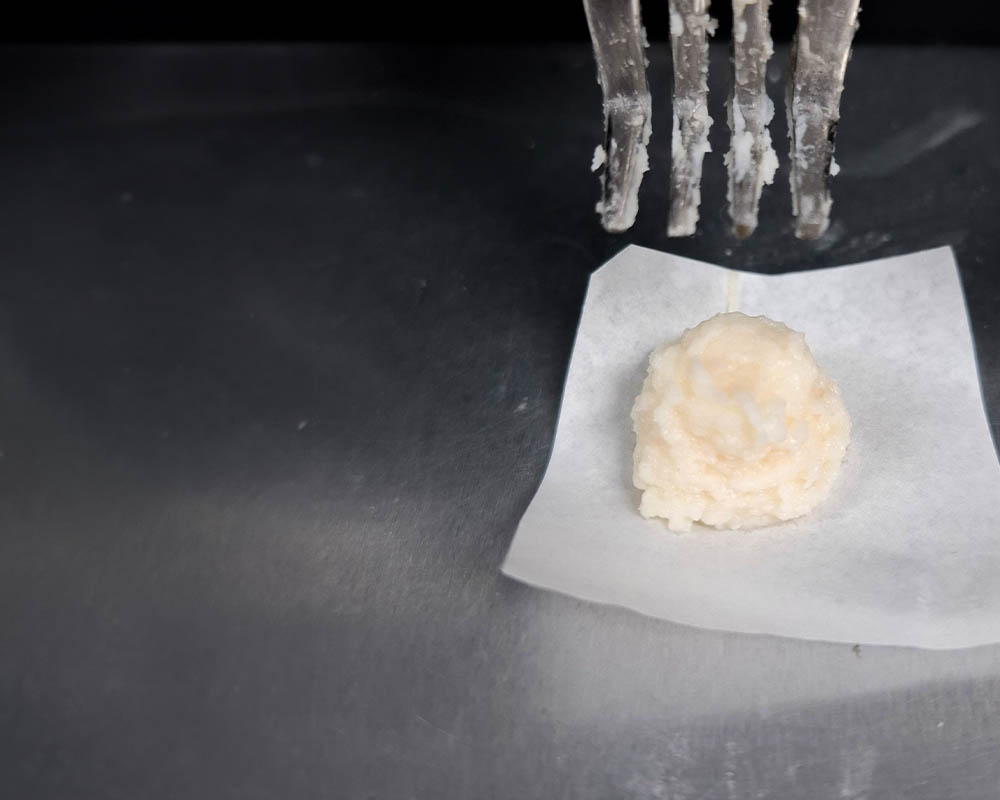
Biomedical Platform
of the Future
Our team specializes in biomedical engineering, integrating human-based experiments for space research. This requires the use of appropriate, convenient, and safe techniques that provide high-quality experimental results.

Launching to the
International Space Station
on SpaceX CRS-34 mission
To reduce costs in space research, our team uses clinostat machines and lab-on-chip tech to simulate low gravity on Earth, enabling small-scale experiments with high accuracy. This approach allows us to test space hypotheses more affordably while avoiding the risks of in-space experimentation.

2024 – Zero-G Flight
Experiment
Demonstrating space experiments and conducting zero-gravity tests in parabolic flight significantly reduces mission risks.
Proving hypotheses and technologies before actual space missions allows for clearer risk assessment, enhancing the likelihood of successful outcomes in space research.

2026 – International
Space Station
Our research uses lab-on-chip, clinostat, and zeroG experiments to validate space tech in microgravity.
This enhances technology development for successful long-term missions and groundbreaking research on the International Space Station.

Cutting-Edge Technology
3D food printing experiments in low gravity conditions will be the starting point for the development of high-complexity fluid technologies with complex behaviors to be used in the manufacturing of materials, food, or medicine in space.
3D Food Printing in Microgravity
3D food printing experiments on the lab-on-chip platform in microgravity will allow immediate measurement and evaluation with a small size that saves space and reduces the budget required for space transportation.
3D Food Printing to Cancer Patient
The indirect impact of space technology that the team applies in the medical field is using the technology with patients who have food limitations, similar to astronauts. For example, cancer patients can benefit from personalized food technology using AI systems and 3D food printing developed by our research team.
Our Publications
Quantitative investigation of a 3D bubble trapper in a high shear stress microfluidic chip using computational fluid dynamics and L*A*B* color space.
Boonsiri, W., Aung, H.H., Aswakool, J. et al.
Non-invasive measurement of wall shear stress in microfluidic chip for osteoblast cell culture using improved depth estimation of defocus particle tracking method.
Hein Htet Aung, Phattarin Pothipan, Jirasin Aswakool, Siraphob Santironnarong, Rungrueang Phatthanakun, Visarute Pinrod, Thanakorn Jiemsakul, Wares Chancharoen, Aekkacha Moonwiriyakit;
Evaluation of screw pull-out from plate fixation of en bloc distal radius resection with ulnar reconstruction: Finite element analysis and comparison with experiments on Thiel cadavers
Wares Chancharoen, Theingi Nwe, Saran Seehanam, Napawan Taradolpisut, Thewarid Berkband, Thanapon Chobpenthai, Chavin Jongwannasiri, Laphatrada Yurasakpong

